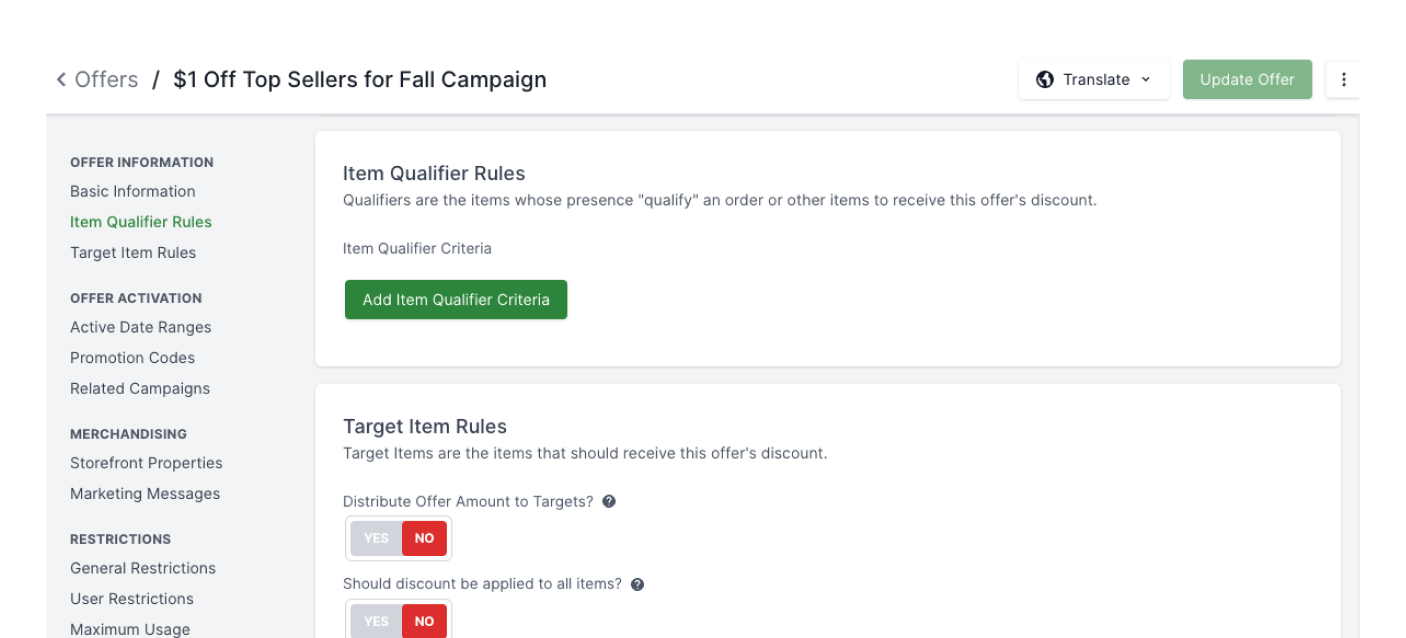Beyond ROI: Why Return on Experience (ROE) is the Metric to Watch
Written by
Cassandra Gaston
Published on
Mar 18, 2025
For years, businesses have relied on Return on Investment (ROI) as the primary measure of success. The logic is simple: track the money invested in an initiative and compare it to the revenue generated. While this approach works well for quantifiable investments like ad spending or operational efficiencies, it falls short when evaluating something equally—if not more—critical: experience.
Return on Experience (ROE) is gaining traction as organizations realize that customer satisfaction, brand loyalty, and emotional connection drive long-term profitability in ways that traditional financial metrics cannot fully capture. This shift is especially relevant in eCommerce, where businesses are learning that an optimized experience is just as valuable—if not more—than a short-term sales boost.
The Shift from ROI to ROE
ROI is easy to measure: take the revenue generated from a marketing campaign, subtract the cost, and determine the financial return. But does ROI capture the true value of a frictionless checkout process? Does it quantify how a well-designed product page influences customer trust and repeat purchases? These are harder to measure, but their impact is undeniable.
ROE addresses this gap by considering the emotional, psychological, and functional aspects of customer interactions. It examines the cumulative effect of every touchpoint, from site navigation to post-purchase engagement.
Key differences between ROI and ROE:
- ROI is transactional, while ROE is relational. ROI focuses on immediate financial returns, while ROE considers the long-term value of positive experiences.
- ROI measures efficiency; ROE measures loyalty. Efficiency matters, but if customers don’t feel connected to a brand, they won’t return.
- ROI is easily quantified; ROE is qualitative but impactful. Some aspects of ROE—such as brand perception—are difficult to measure directly, but they drive long-term profitability.
ROE in the eCommerce Space
eCommerce businesses operate in an environment where competition is fierce, and customer expectations are high. A well-executed experience is often the differentiator between a one-time purchase and lifelong loyalty.
Consider these scenarios:
- A customer visits an online store but abandons their cart due to a complicated checkout process. ROI might tell you the campaign bringing them in failed, but ROE asks: Did the experience drive them away?
- A brand invests in a personalized recommendation engine that increases customer engagement and repeat purchases. The ROI might be unclear at first, but the ROE—a tailored shopping experience that makes customers feel understood—creates long-term gains.
- A retailer redesigns its site to be more accessible and mobile-friendly. The ROI might not immediately spike, but the ROE—wider accessibility leading to improved customer satisfaction and brand affinity—pays off over time.
Measuring ROE in eCommerce
ROE might not be as easy to measure as revenue growth, but several key indicators provide insight into the experience impact of an eCommerce strategy.
- Customer Lifetime Value (CLV) - Rather than focusing solely on one-time transactions, businesses should examine how positive experiences increase repeat purchases and customer retention. High CLV suggests strong ROE.
- Net Promoter Score (NPS) - Would customers recommend the brand to others? A high NPS reflects a positive experience-driven relationship, which can drive organic growth.
- Customer Effort Score (CES) - This metric evaluates how easy or difficult it is for customers to complete key actions, such as placing an order or getting support. Lower effort correlates with higher satisfaction, leading to better ROE.
- Engagement Metrics - Time on site, pages per session, and repeat visits help assess whether customers find value in their interactions. High engagement often correlates with strong ROE.
- Customer Sentiment & Reviews - ROE isn’t just about numbers—it’s also about perception. Reviews, surveys, and sentiment analysis provide qualitative insights into how customers feel about their experiences.
Building an ROE-Driven eCommerce Strategy
ROE isn’t just about improving customer experience—it’s about making strategic investments that yield long-term brand affinity and loyalty. Here’s how businesses can embed ROE into their strategy:
- Prioritize Seamless Shopping Experiences
- Optimize checkout to minimize friction and reduce cart abandonment.
- Ensure mobile responsiveness for an intuitive, cross-device experience.
- Implement real-time customer support to address concerns immediately.
- Personalize, but with Purpose
- Use data-driven personalization to offer relevant recommendations.
- Avoid invasive tactics—transparency in data usage fosters trust.
- Tailor marketing messages based on customer behavior and preferences.
- Balance Automation and Human Touch
- AI chatbots are great for efficiency, but customers also appreciate human support when needed.
- Personalized post-purchase follow-ups can enhance brand connection.
- Leverage customer data to provide meaningful interactions, not just automated responses.
- Design for Emotion, Not Just Utility
- Leverage visual storytelling to create a brand narrative that resonates.
- Use micro-interactions, like engaging animations, to enhance digital touchpoints.
- Provide exclusive experiences, such as VIP memberships or early access to sales.
- Optimize for Accessibility and Inclusivity
- Ensure websites meet WCAG (Web Content Accessibility Guidelines).
- Provide language and currency localization for global reach.
- Offer multiple payment options to accommodate different customer preferences.
ROE in Action: Real-World Examples with Broadleaf Clients
- O'Reilly Auto Parts: O'Reilly ensures a frictionless transition between digital and in-store shopping. Features like intuitive search, real-time inventory tracking, and streamlined checkout create a seamless experience that keeps customers returning.
- iFit: iFit enhances user engagement by integrating interactive workouts, live coaching, and personalized training recommendations. This immersive experience increases long-term customer retention, demonstrating the impact of ROE.
- MLB.tv: By offering personalization, multi-device support, and interactive features like alternate camera angles and real-time stats, MLB.tv provides a premium digital experience that keeps fans engaged and subscribing season after season.
Conclusion
Many organizations hesitate to prioritize experience initiatives because they lack immediate financial returns. However, the brands that invest in seamless, engaging, and memorable experiences consistently outperform those that don’t.
ROI will always have a place in decision-making, but the brands that prioritize Return on Experience (ROE) are the ones that build lasting relationships and brand loyalty. Experience isn’t just a competitive advantage—it’s a business imperative.
As eCommerce continues to evolve, companies that measure and optimize how customers feel, interact, and engage will lead the way. It’s time to move beyond ROI and start investing in the experiences that drive sustainable growth.

